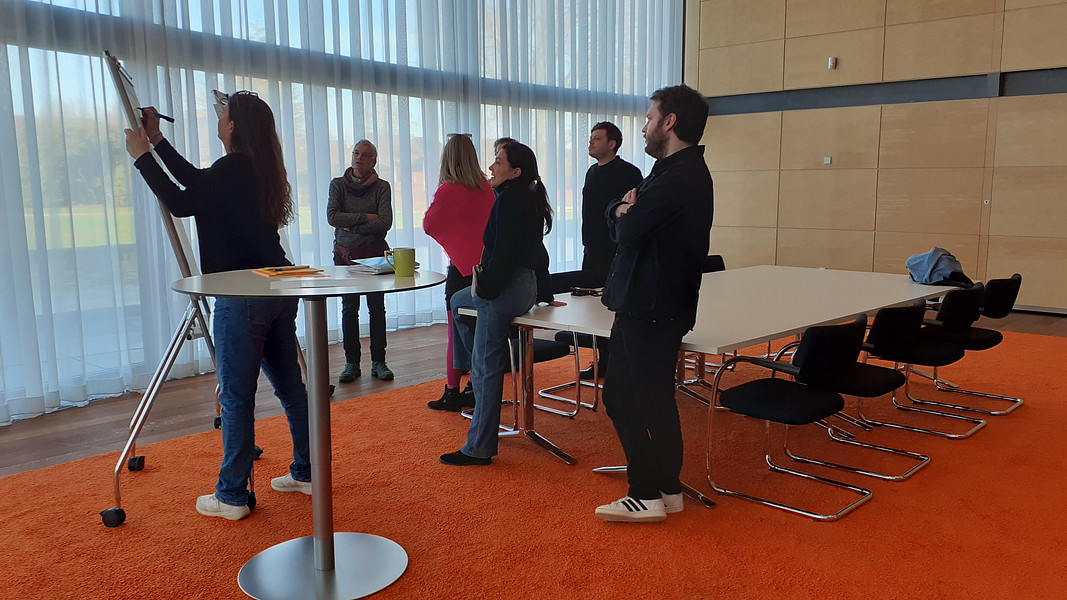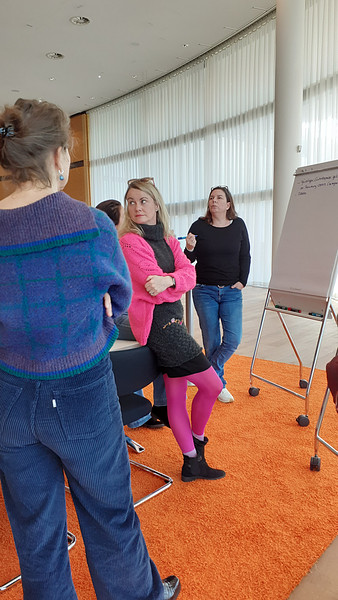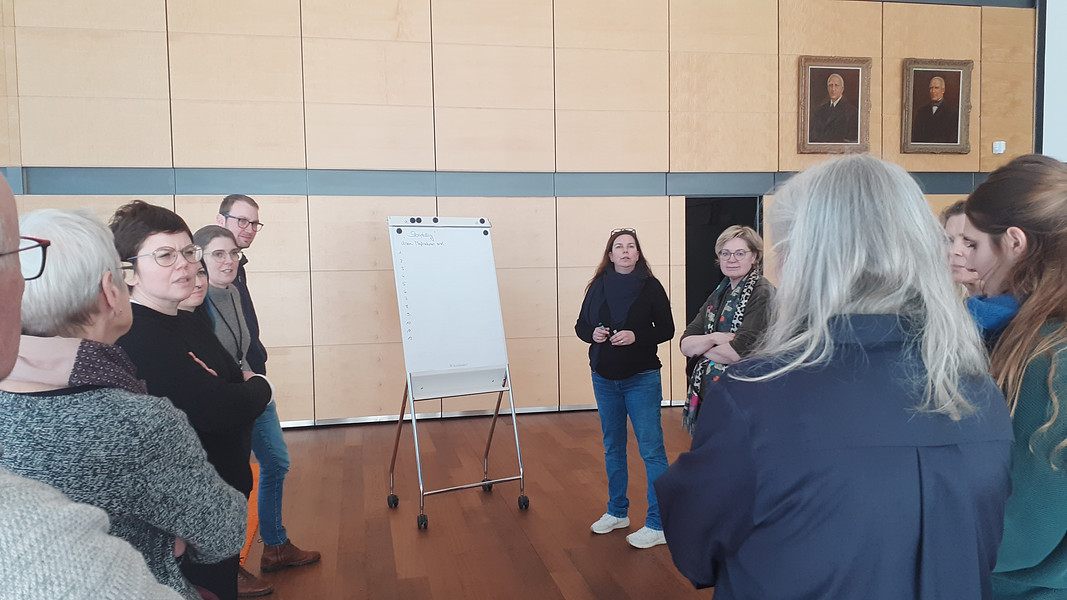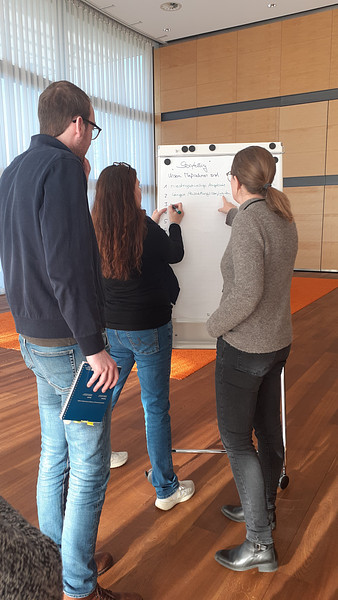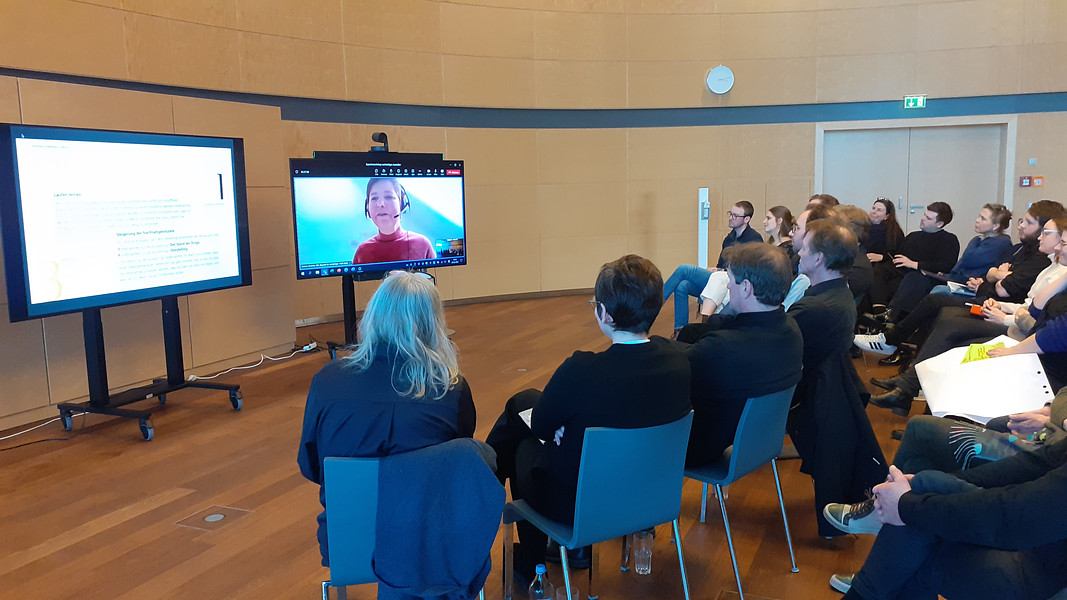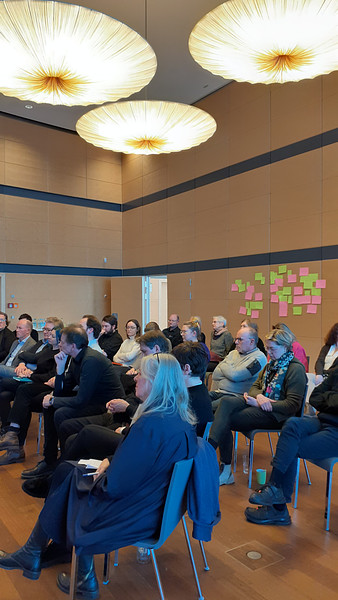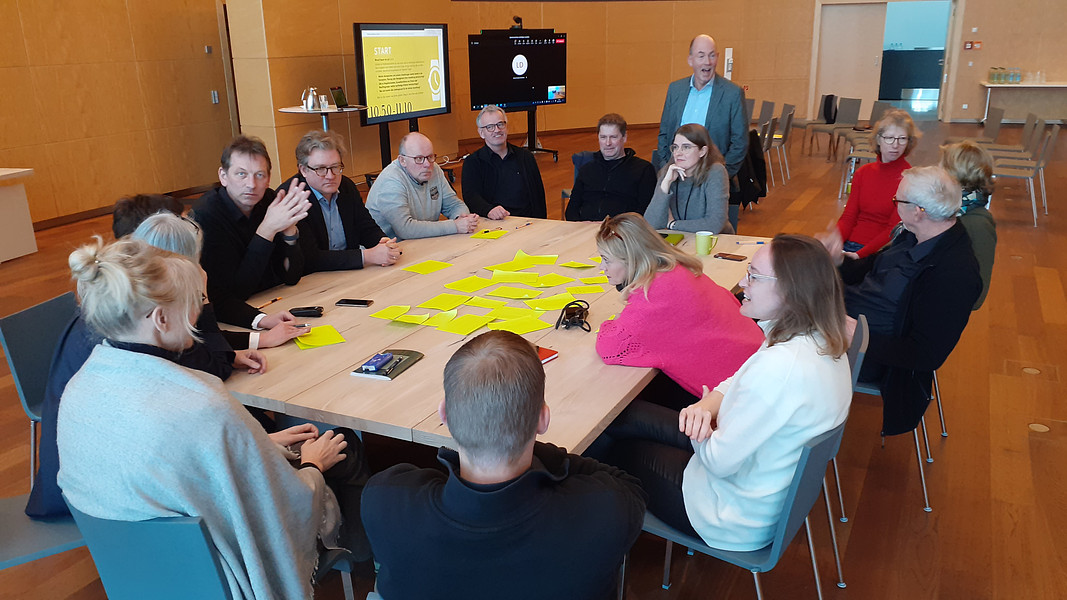SUSTAINABLE MUSEUM WORK
“Our task for the future is to reduce not only the carbon footprint, but the entire ecological footprint of the Draiflessen Collection.”
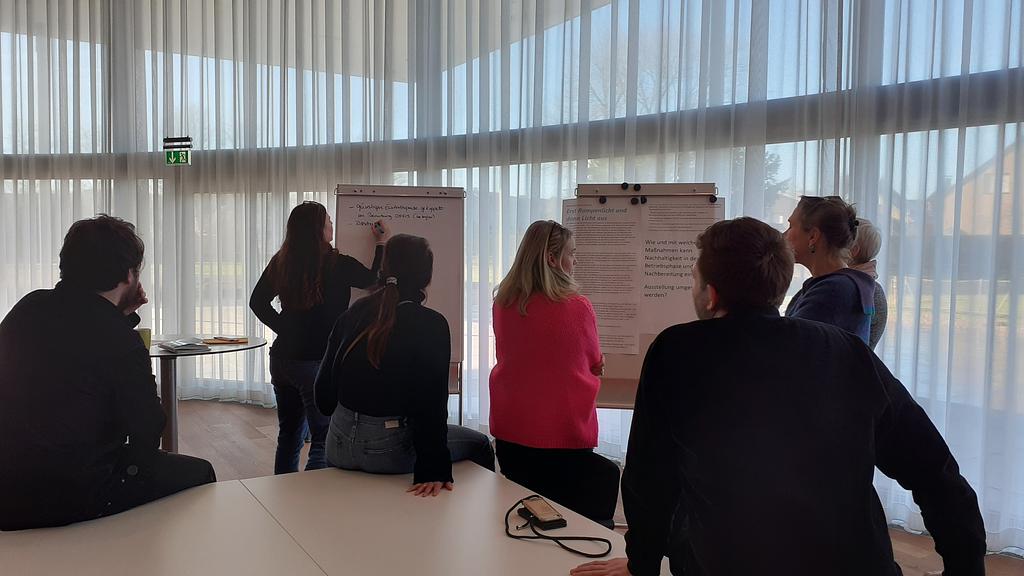
Since early 2022, we have been on an exciting, challenging, and occasionally frustrating journey toward sustainable museum work. With the topic of sustainability, we are therefore tackling one of the most pressing—but also most challenging—tasks of our time in the cultural sector. We are convinced that not only must and can each individual do their part, but that the cultural sector—and especially the museum sector—is an important influencing factor as a pioneer and provider of information.
In order to set a good example, the Draiflessen Collection team has set itself the task of scrutinizing the daily work steps, materials used, transport, business trips, et cetera, over the next few years in order to reduce not only the carbon footprint, but the entire ecological footprint of the Draiflessen Collection.
The ultimate goal is climate neutrality. However, exhibitions and archives are not isolated islands; they are part of complex networks. The challenges of our endeavor therefore lie not only in our own willingness to question our comfort zones and adjust them accordingly, but also in the willingness of our project partners and service providers to establish sustainable strategies (in collaboration with us). It quickly becomes clear that we are on an extended journey that needs to be constantly scrutinized for success.
In order to set a good example, the Draiflessen Collection team has set itself the task of scrutinizing the daily work steps, materials used, transport, business trips, et cetera, over the next few years in order to reduce not only the carbon footprint, but the entire ecological footprint of the Draiflessen Collection.
The ultimate goal is climate neutrality. However, exhibitions and archives are not isolated islands; they are part of complex networks. The challenges of our endeavor therefore lie not only in our own willingness to question our comfort zones and adjust them accordingly, but also in the willingness of our project partners and service providers to establish sustainable strategies (in collaboration with us). It quickly becomes clear that we are on an extended journey that needs to be constantly scrutinized for success.
Objectives:
- To reuse exhibition materials and exhibition architecture, that is, to consider this at the planning stage.
- Some of our exhibitions should be taken over by other institutions (traveling exhibitions).
- Printed materials need to be minimized and produced as ecologically as possible.
- Loans, especially those from a non-European location, must be carefully examined by the curators as to whether they are essential, and possible alternatives explored.
- Transport needs to be as green as possible, even if this means longer delivery times or higher costs.
- Digital courier accompaniment should become standard wherever possible.
- Flights, especially domestic flights, and individual journeys by car are to be avoided wherever possible.
- Longer exhibition durations and a consolidation of the conversion phases should continue to conserve not only materials but also human resources.
- External service providers from the region who also act in a socially just manner are to be given preference.
- All materials used and the catering should be ecological and, in the best-case scenario, also certified.
- All visitors who have not traveled by public transport or bicycle will be compensated in the future.
- There need to be rewards (such as free coffee or the like) for those traveling via public transport, as statistics show that traveling to cultural events causes the greatest CO2 emissions.
